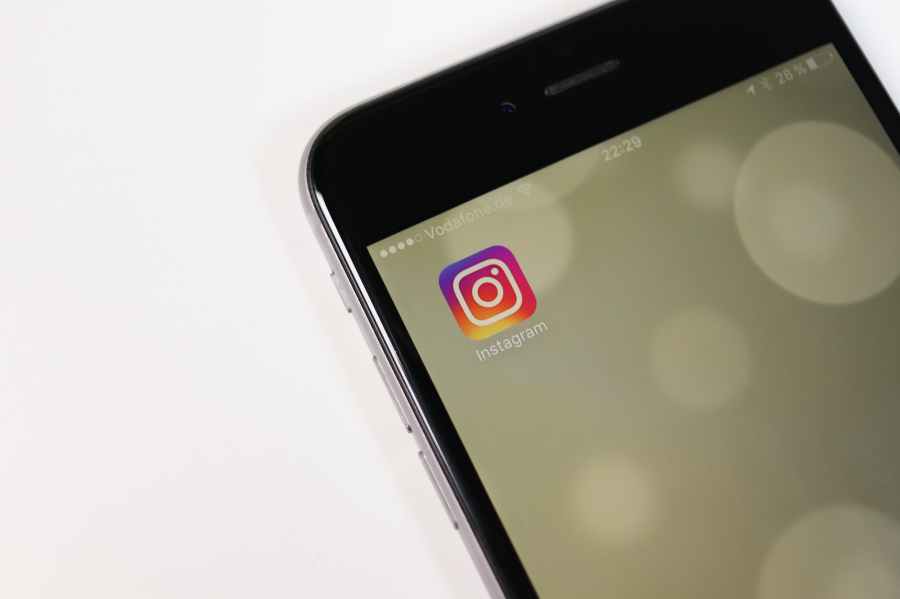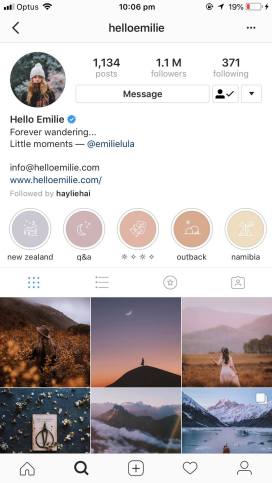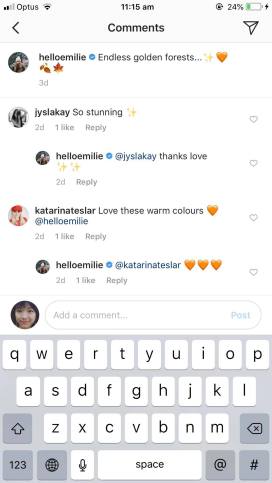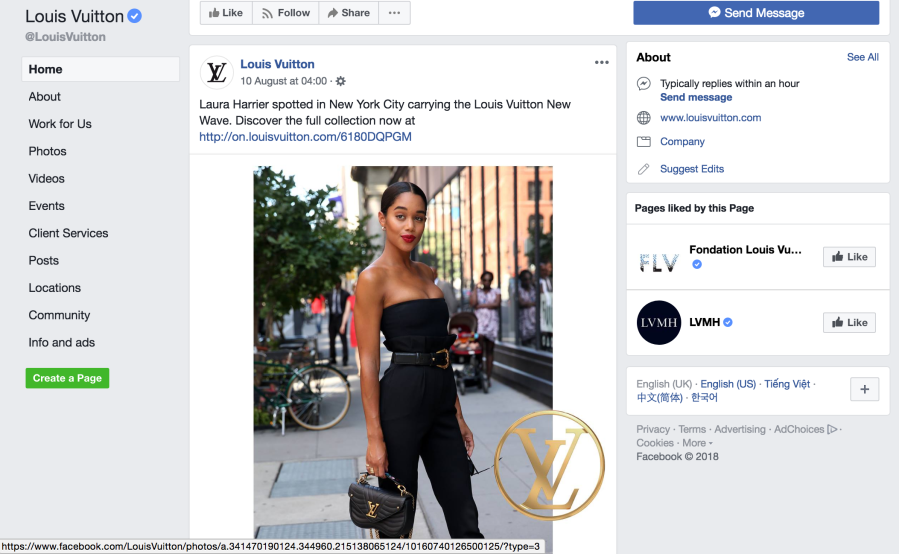Have you ever joined a focus group? How did you feel when knowing you were observed by a group of hidden people (behind the mirror) and were “controlled” by a moderator?
I have a friend, who joined many focus groups and she told me she did it just because of the rewards. She sometimes did not answer the truth about what she was thinking because of her discomfort feeling of doing so. The fact that, besides significant advantages of a traditional focus group, this method takes time of respondents because they have to travel to a technical room and join a conversation under the instruction of a moderator. That may make interviewers uncomfortable. So in some cases, they were not willing to answer questions honestly.
Fortunately, social media research offers marketers an advanced way to conduct market researches by following communications trends in society.
Firstly, it allows brands to gather insights about their different customers such as lifestyle, purchase behaviour, and demographics broadly. Furthermore, social users can actively and comfortably share their opinions by commenting, sharing, liking, etc. on a post without worrying about being controlled. They do not need to “show” their face by using any avatars when joining a social life. Hence, their opinions are more genuine than the traditional focus group. They will be a valuable source for markers to understand the behaviours and attitudes of customers deeply. Respondences also do not need to spend the time for traveling to any locations in the settled time. They can share their ideas anywhere, any time they like.
Example:
Brand Lay’s potato chips has just launched a contest on a Facebook asking U.S fans to help create a flavor for its next chips which will be launched next year to celebrate the 75th anniversary. This contest is a huge opportunity for the brand to gain insight from customers about what kind of chip flavors they love. Gaining insight in this way is efficient and effective. It can do cross countries. The fact that, Lays brand organized the contest in 14 different countries and collected more than eight million opinions about chip flavor.
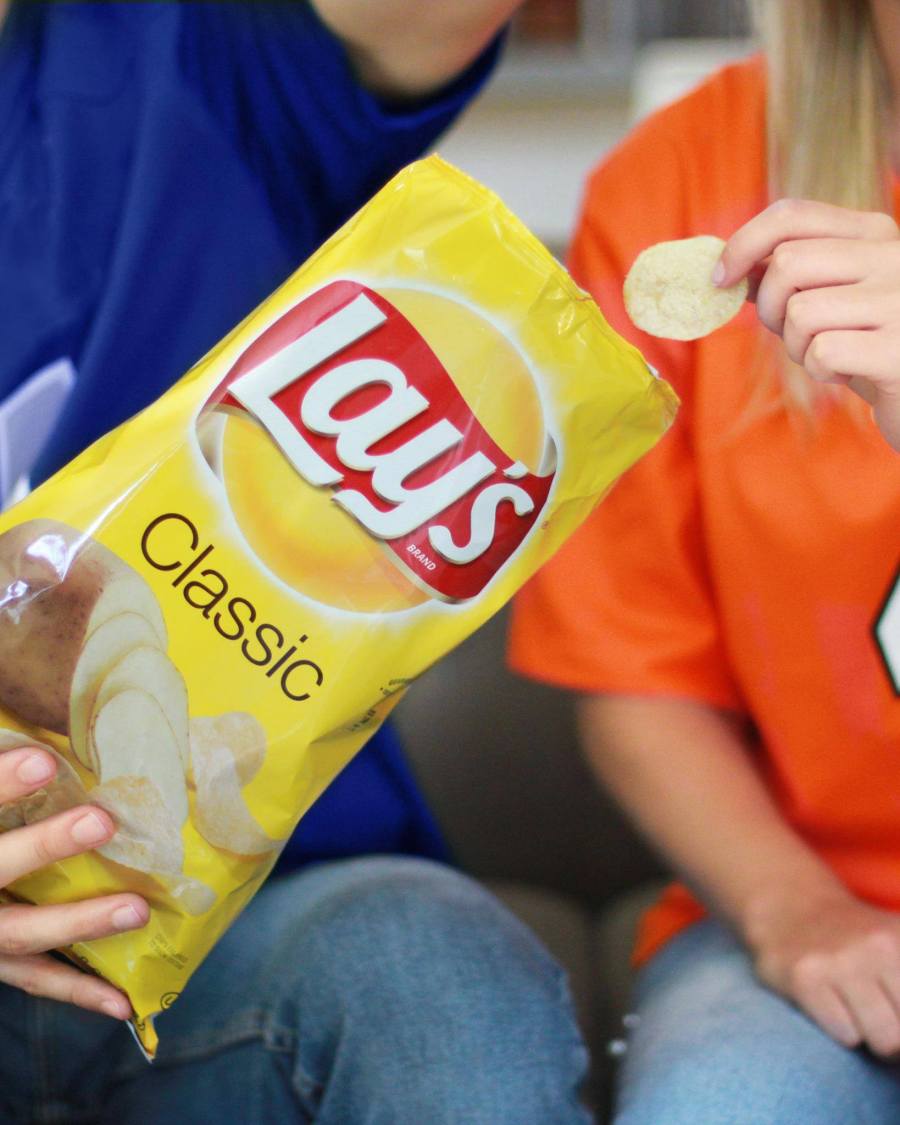
Courtesy: Lay’s potato chips
Secondly, social media allows collecting data with a sample size bigger than any focus groups. Marketers can get feedback straightforwardly from customers with a few clicks. Hence, information is always fresh and up to date. While with a focus group, marketers have to spend considerable finance and time (maybe a week, a month or even a year) to collect information. And when the report is done to use, it may become old already.
Another benefit of social media is to make direct connections between brands and consumers. For assistance, businesses can send products to consumers and then ask them to share their opinion on their social channels. By analyzing their feedback on social media, marketers can gain insights from customers to prepare for the better performance.
In conclusion, social media has created innovate opportunities (and challenges) for businesses. It is bringing businesses a great chance to collect information and to connect with audiences in the way that traditional focus group cannot. Marketers should optimize this method to gain genuine insight before making strategic decisions to reduce risk and increase return on investment for businesses.
References:
5 Ways Social Media Takes Customer Relationships To The Next Level. (2012). Retrieved from https://www.forbes.com/sites/theyec/2012/12/24/5-ways-social-media-takes-customer-relationships-to-the-next-level-2/#6ed2060e2e66
Shadpour, D. (2018). How Social Media Can Serve As The New Focus Group For Your Brand. Retrieved from https://www.forbes.com/sites/forbesagencycouncil/2018/03/21/how-social-media-can-serve-as-the-new-focus-group-for-your-brand/#7516933c3d7b
Photo courtesy of Lay’s Facebook page


